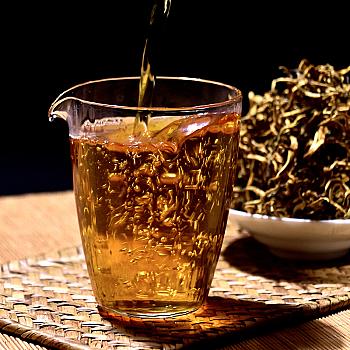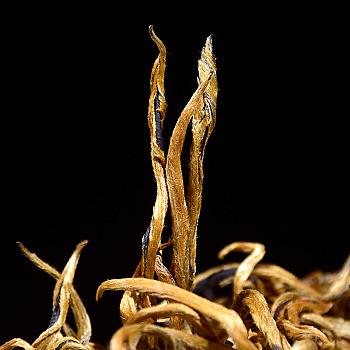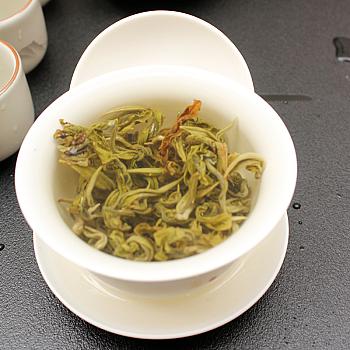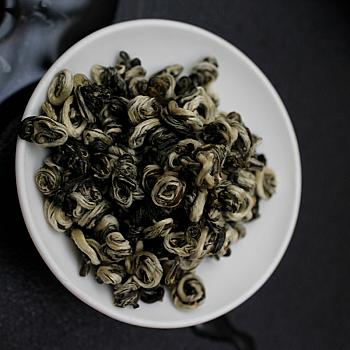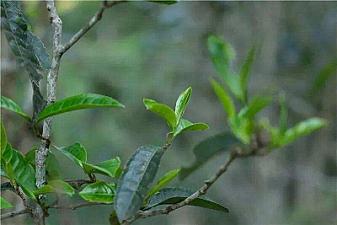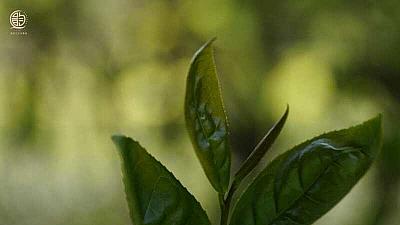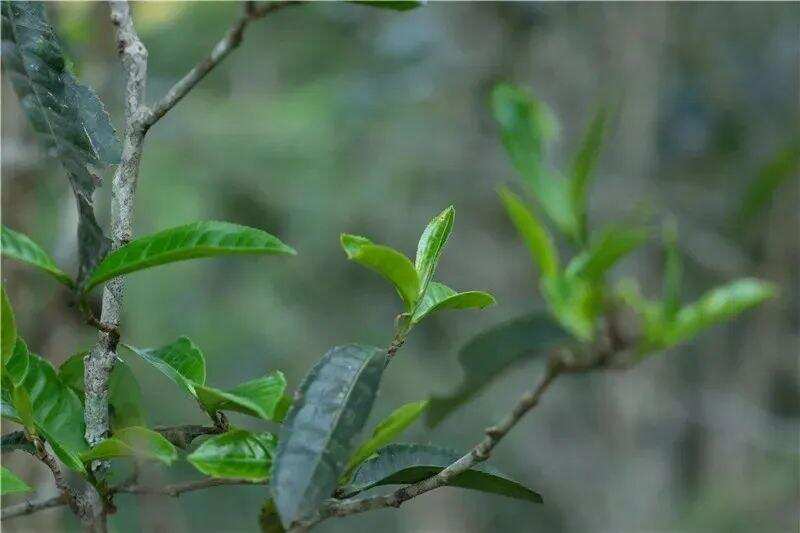
Yu Quyu: Pu'er tea's core secret that attracts people.
August 17, 2025
Even the same type of tea, different years, and a taste for exploration adds many flavors to drinking tea. From the deep freshness and floral fragrance to the gradually matured and mellow soup feeling, time has given the tea leaves a different kind of beauty. This is Pu-erh tea's wonderfulness - from freshness to mellow in itself can be fascinating enough, how does this change occur? The people who made this cup must have had what kind of feelings at that time?

With the same tea type but different years, tasting them simultaneously adds a lot of interest to drinking tea. From the deep freshness and floral fragrance to gradually matured and rich soup-like sensations, time bestowed on tea leaves a different kind of beauty.

This is the wonder of Pu'er tea, from its freshness to its richness, it's enough to spark curiosity, how does this transformation occur? What mood was the person brewing the tea in at that time? What kind of life did the weather and seasons give it for that year? In the treasure chamber where the tea leaves are stored, time is buried, and years carve it into a story with no end.

The beauty of time given with a taste.
Chinese people know how to make good use of "time", adding a little time to ham will make it fresh, and after adding time to pu-erh tea, its sharpness will turn into mellowness.
Pu-erh tea, since it broke out at the beginning of this century has become from the hard-to-sell fringe tea to the regional public brand worth, only second to West Lake Dragon Well.
Currently, approximately 50 million people drink Pu-erh tea, with its sales volume and user base ranking first.
However, in a day when more and more people like Pu'er tea, there are also some who start to "fry" Pu'er tea. What will be the core value of Pu'er tea in the future?
First of all, is the function.
Almost all tea-drinkers have this experience: a few cups of top-quality Pu-erh, before the taste can even be explained, back spine is already slightly sweating. Immediately abdominal movement, chest breathing freely, under the tongue moisten. As for Pu-erh tea, it gets its own weightless appearance at the cost of "weightlessness" of the body of the tea-drinker.
"Pu'er tea has a bitter flavor, dispels grease and toxin of sheep and goat"; "Tea is used by the West Jung, Tubo in ancient and modern times, to eat salty meat, it will not be dissipated without tea"; "Without tea for one day, stagnation; three days without tea, disease"…
As tea has existed since its birth, so it has been in the past few thousand years of development. For example, "rice, oil, salt, soy sauce, vinegar and tea" put tea as one of the seven things that open the door of people's lives. Therefore, Pu-erh Tea is popular, with sufficient reasons.
Secondly, flavor
If the benefits of Pu'er tea only lie in making one's body light and healthy, then it would be merely a health tonic. But its most attractive feature to tea drinkers is still its flavor. It is difficult to describe the taste of Pu'er tea; what are commonly referred to as sandalwood fragrance, orchid fragrance and lotus fragrance are only comparisons, made through the sense of smell in reference to the sense of taste.

The few most basic taste types that exist in the world, do not match with Pu-erh tea, even in the realm of tea. Although some relatively stable taste types are universally recognized in the domain of tea, such as those of green teas, oolong teas and red teas as well as floral teas, these do not correspond to those of pu-erh tea either. In general, Pu-erh tea appears ambiguous, indistinct and introverted when compared with those typical, subtypical taste types.
Humans are terribly "categorized", and without category, they're lost. I often see some literati describing Pu-erh tea with phrases like "good tea is dull" or "true tea has no taste." In fact, they're taking the loss of their feelings for truth and that's a bit misleading. Whether it's said or not, Pu-erh tea isn't "dull" or "tasteless", but rather it has a big flavor. If Chinese characters are to be used to describe it, two words would be most suitable: ripened and mellow.
Pu-erh tea's infinite variations are presented against the background of mellow, moistened tones, and each major transformation leaves an indelible mark on a customer's memories, gradually accumulating into a tranquil "psychological warehouse".

Third is depth
Compared to the "psychological warehouse" of other good foods, Pu-erh tea has spatial depth and winding alleys, a delicate flavor. This allows for rambling, exploration, objects to talk about and possibilities of playing with. In comparison, only French wine comes close.

In terms of classification, Pu-erh has age divisions like "numbered tea" "printed tea" "seven sons cake", production and storage division of old tea, mature tea, green tea. There are also material division such as large leaf species, ancient tree tea, plateau tea, producing region division such as Yiwu Mountain, Menghai Mountain, Nan Nuo Mountain.
These three aspects, in general, outline why Pu-erh tea is so attractive. However, to truly talk about Pu-erh tea, it cannot be simply confined within the realm of sensation. The "core secret" of Pu-erh tea should lie beyond people's feelings.
